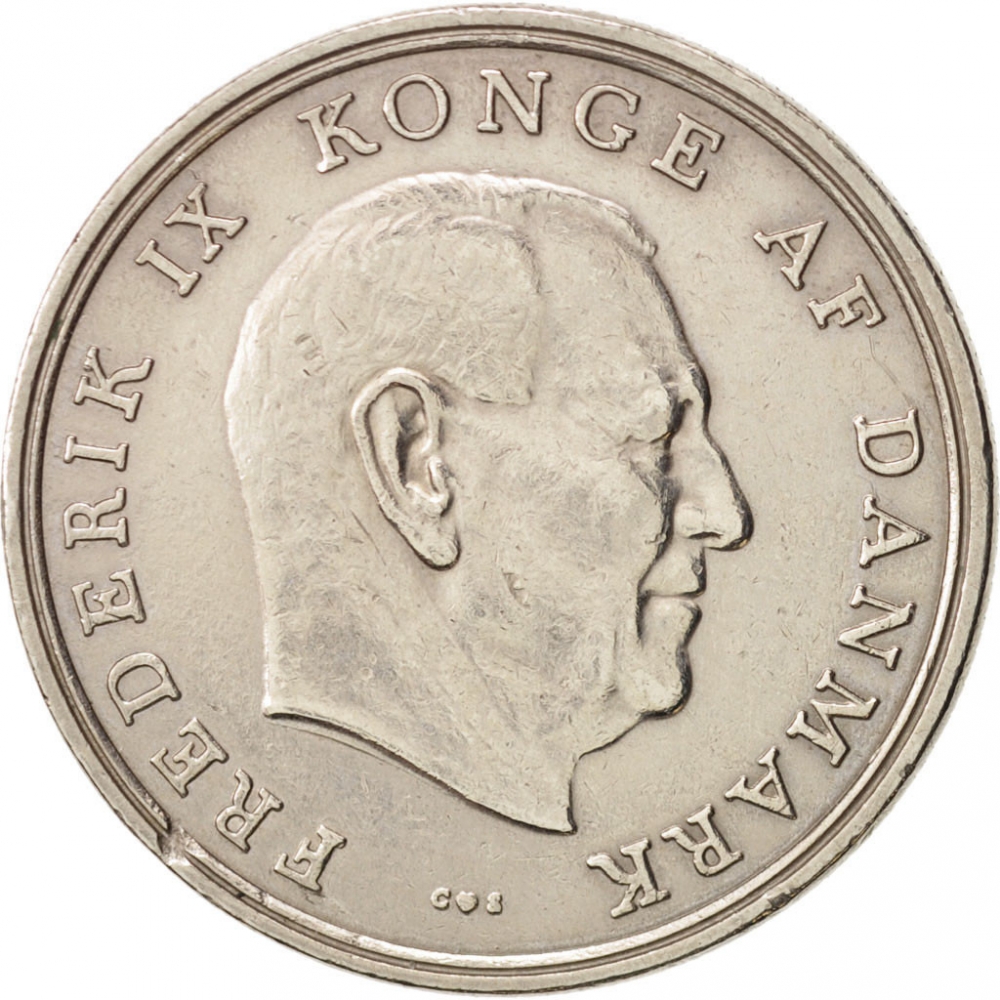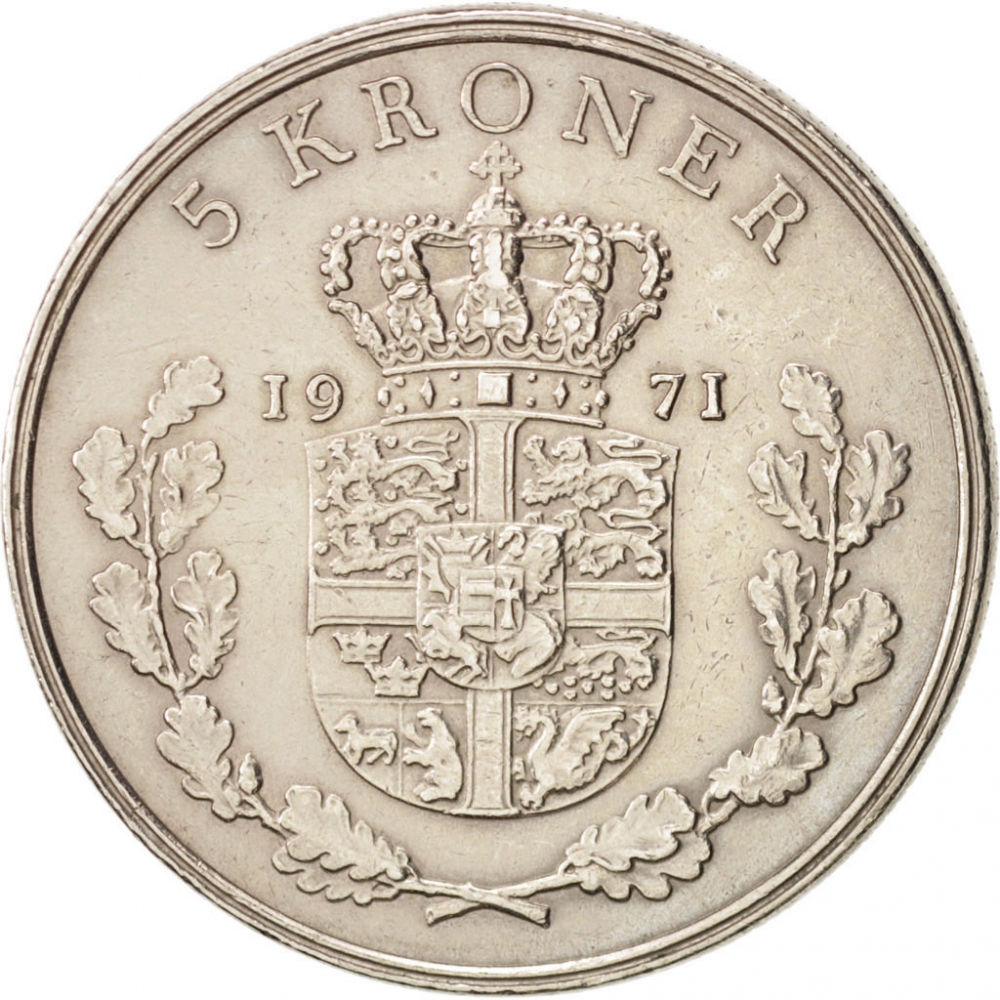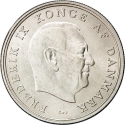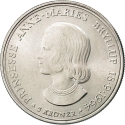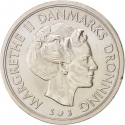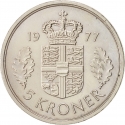You are about to finish your registration. Please check your mailbox (including spam folder). There should be a letter with a confirmation link. Check setting to make sure that your e-mail address is correct.
Send letter againDescription
Frederick IX (Christian Frederik Franz Michael Carl Valdemar Georg; 11 March 1899 – 14 January 1972) was King of Denmark from 1947 to 1972.
Born into the House of Glücksburg, Frederick was the eldest son of King Christian X and Queen Alexandrine of Denmark. In 1935, he was married to Princess Ingrid of Sweden and they had three daughters, Margrethe, Benedikte and Anne-Marie. During Nazi Germany's occupation of Denmark, Frederick acted as regent on behalf of his father from 1942 until 1943.
Frederick became king on his father's death in early 1947. During Frederick IX's reign, Danish society shook off the restrictions of an agrarian society, developed a welfare state and, as a consequence of the booming economy of the 1960s, women entered the labour market. Denmark modernized, bringing new demands on the monarchy and Frederick's role as a constitutional monarch. Frederick IX died in 1972, and was succeeded by his elder daughter, Margrethe.
Engraver: Harald Salomon.
Obverse

|
Frederick IX portrait, looking right. FREDERIK IX KONGE AF DANMARK |
|---|---|
Reverse

|
Crowned royal arms dividing date, value above, two oak twigs below. 5 KRONER |
| Edge |
5 Kroner
KM# 853
Characteristics
| Material | Cupronickel |
| Weight | 15 g |
| Diameter | 33 mm |
| Thickness | 2.3 mm |
| Shape |
|
| Alignment | Medal |
| Alt # |
|
| Mint |
Royal Danish Mint
|
